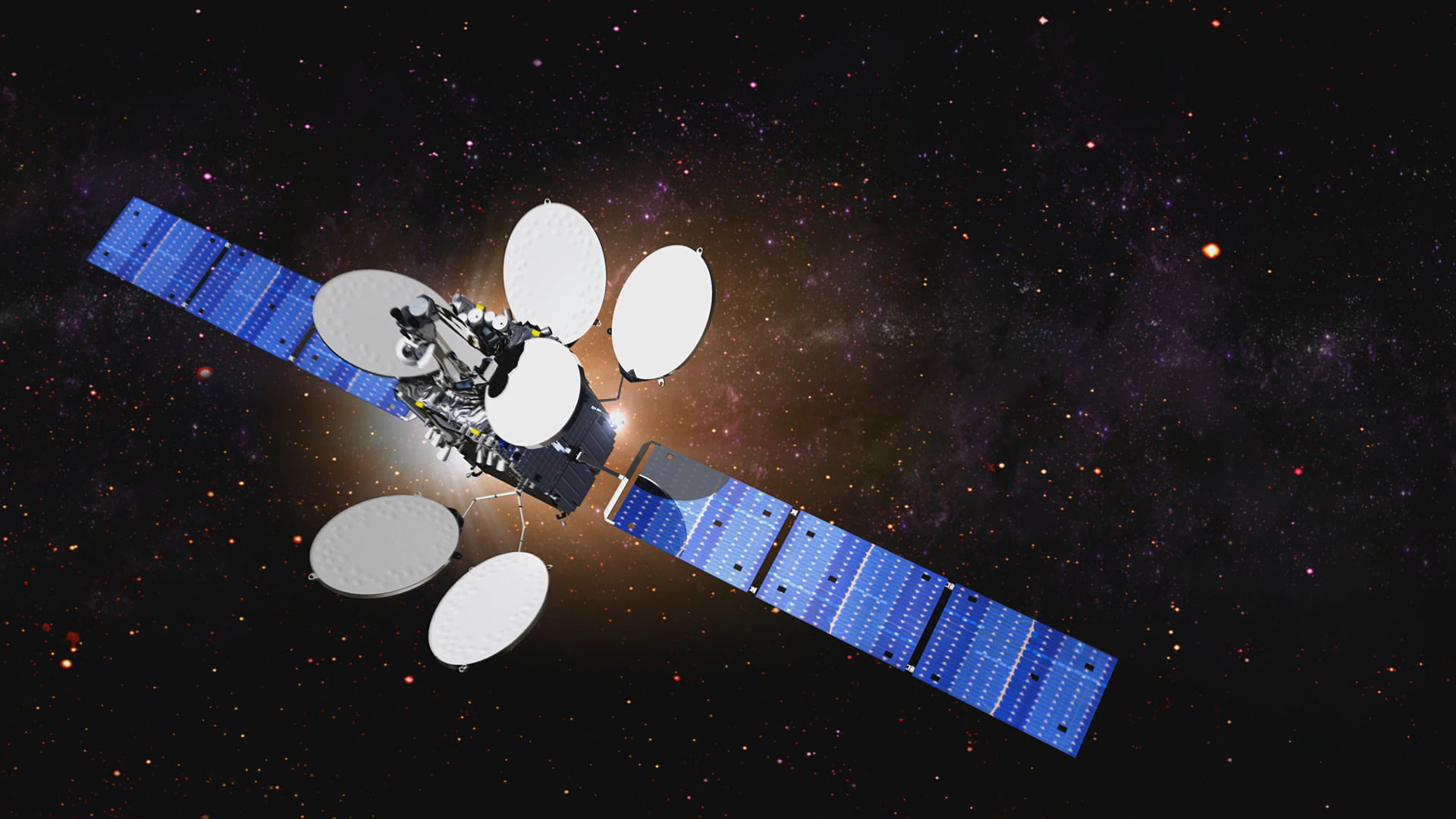JOINT BASE ANDREWS, Md.— The U.S. Air Force’s top general has made multidomain command and control one of his top priorities. Now he wants to see it become the Pentagon’s No. 1 technology development initiative.
That means that when Air Force Chief of Staff Gen. Dave Goldfein retires next year, he’d like to pass the baton to the Defense Department’s undersecretary of research and engineering — currently Mike Griffin — to execute a program that will encompass all the military services and the platforms they operate.
“We’ve made a lot of progress, but we’re only about 20-30 yards down the field and we’ve got to speed it up. So what’s the tipping point? At what point does this really take off? And I personally think that it’s at the point where we can make this profitable for industry,” Goldfein said May 10 in an exclusive interview with Defense News.
“And [research and engineering] I think can help with that. And if we can get to that point, I think this is going to take off, and it will be the most important work that we do as a department, in my opinion."
Multidomain command and control, or MDC2, has become an often-used and nebulously vague buzzword of the Air Force.
RELATED

In its most basic form, that means connecting the platforms unable to directly share information. But the more advanced goal is to make all military assets interconnected so that — for example — a satellite can transfer information to a command-and-control platform, which then passes that data to a fighter jet, whose pilot is then cued to take a shot, Goldfein said.
To work, that handoff would need to automatically happen via artificial intelligence, without a human having to feed relevant information along the kill chain, and without a lag in data transfer.
“What we now have is humans in the loop. We want humans on the loop, which is different,” Goldfein said. “[E]very step of the process that a human is in slows you down."
The Air Force has slowly made changes in the hopes of revolutionizing its command-and-control enterprise. In 2017, Brig. Gen. Chance Saltzman wrapped up a yearlong study on MDC2, which provided feedback that resulted in a new career path, called 13O, for officers that will specialize in multidomain C2 operations.
It also stood up a Multi-Domain Command and Control Capabilities Office to work with industry to identify new processes and technologies — such as blockchain, which allows data to be secured and distributed via cryptography — which then can be baked into a larger architecture and experimented with, according to Air Force Magazine.
But to be considered a success, MDC2 must transform from an Air Force-led initiative into an effort that includes the Army, Navy and Marine Corps, Goldfein said.
“This is bigger than the Air Force,” he said.
The service has already collaborated with the Army and Navy, specifically in exercises where the Air Force was able to connect space and airborne sensors to naval platforms. However, it needs to become a joint effort.
“Where I want this to land is with ownership in [the Office of the Secretary of Defense] to take this on as the No. 1 focus of the department on future war fighting,” Goldfein said. “I’m surrounded by people who bring me a slice of the pizza, and they’re all really important. Hypersonics are important. Artificial intelligence is important. Quantum [computing] is important. Directed energy is important. … But they’re all slices of the pie. They don’t do what you need them to do unless you pull it all together.”
Many of the Air Force’s big successes on its MDC2 experiments, which Goldfein jokingly referred to as Connect-A-Thons, are classified. “We invite industry and ask them to help us connect a platform, sensor, weapon combination that is not today connected,” he said.
So far those experiments haven’t resulted in programs of record — a situation that has been a source of frustration for industry officials, who claim they have technologies ready to go.
Goldfein said the sticking point has been intellectual property, as industry traditionally relied on stovepiped, proprietary systems that can’t share data. However, the Air Force is working on a contract vehicle that will balance the service’s open system requirements with defense companies’ desires to protect their intellectual property and to make a profit.
“Today what I'm asking for and trying to demand is not profitable, and CEOs have these pesky folks called shareholders that expect them to deliver,” he said. "I understand this is competition and they've got to find a profit margin.”
The service’s top contracting officer, Maj. Gen. Cameron Holt, has been personally tapped by Goldfein to create the solicitation.
“He is just scary brilliant, and so I told him that’s his task: How do we build a contract vehicle to make MDC2 profitable?” Goldfein said.
Valerie Insinna is Defense News' air warfare reporter. She previously worked the Navy/congressional beats for Defense Daily, which followed almost three years as a staff writer for National Defense Magazine. Prior to that, she worked as an editorial assistant for the Tokyo Shimbun’s Washington bureau.








